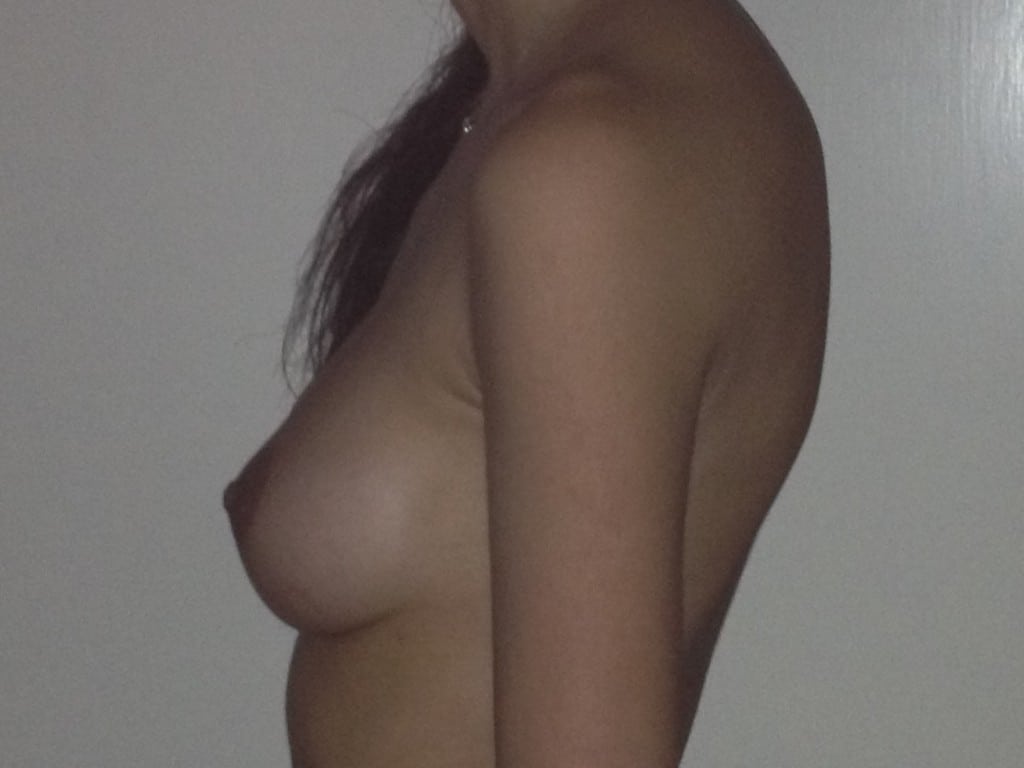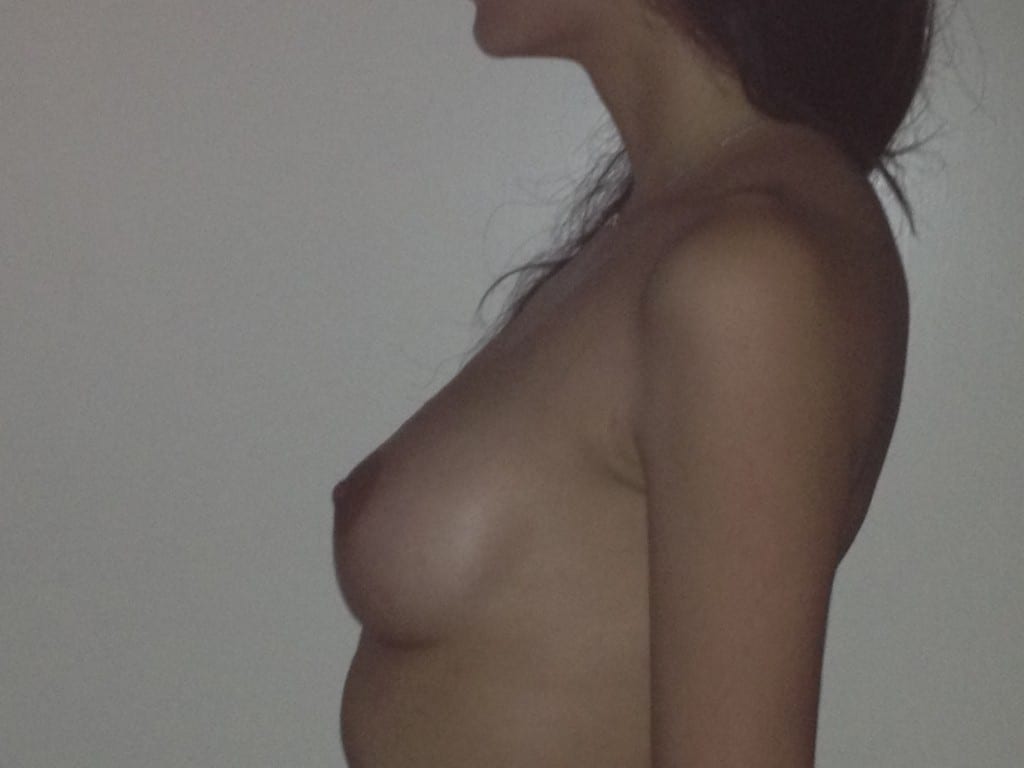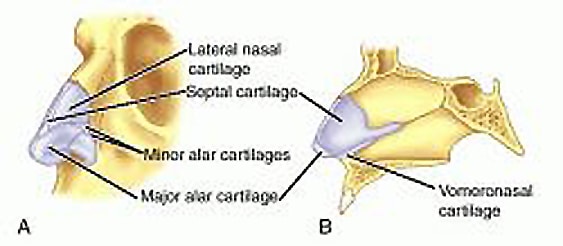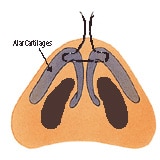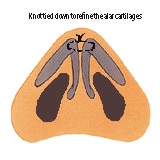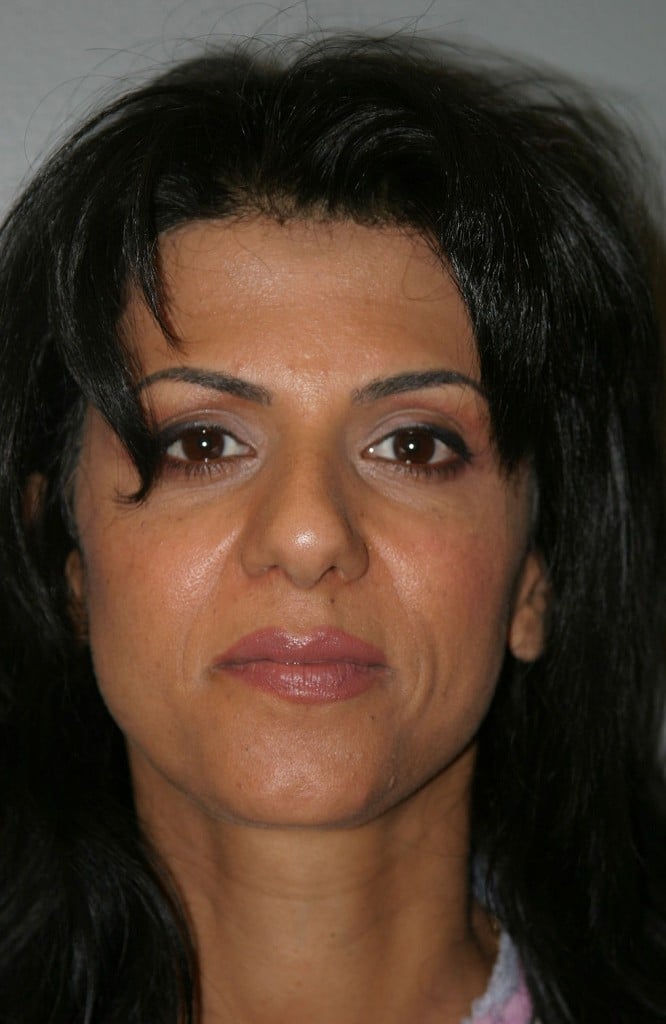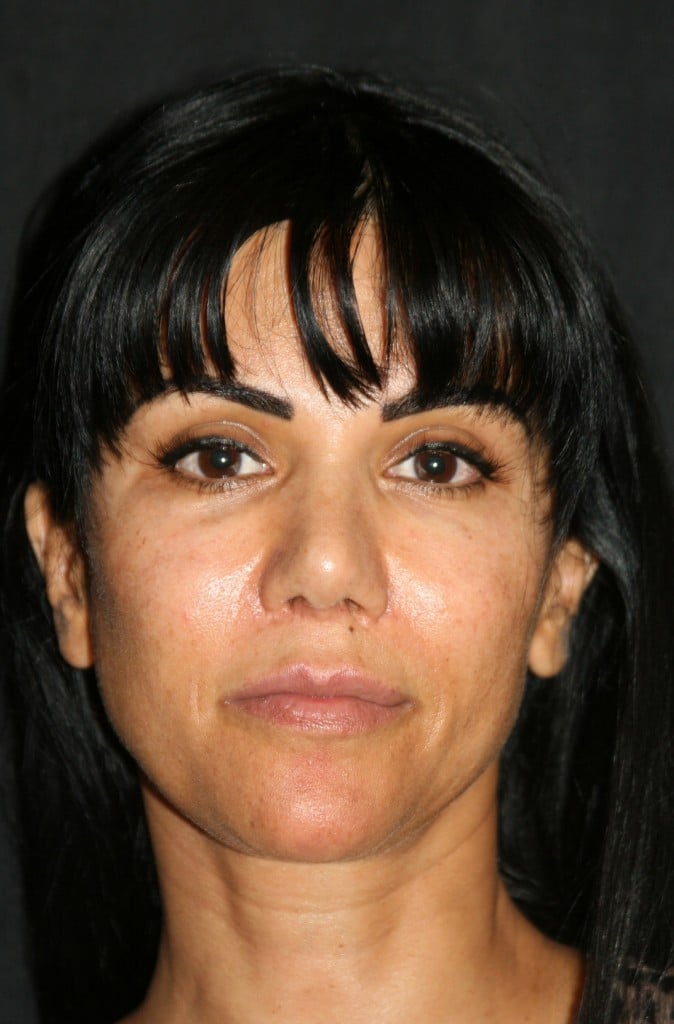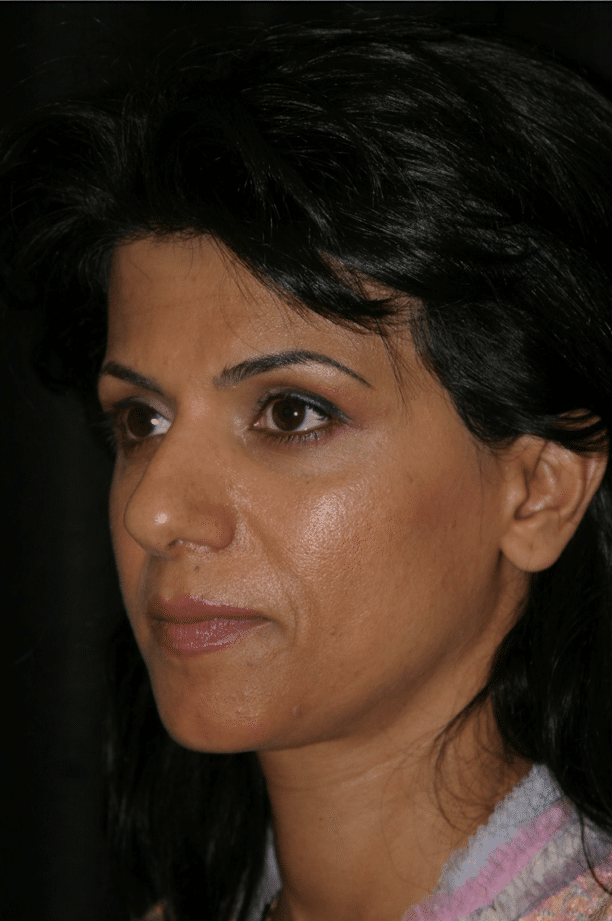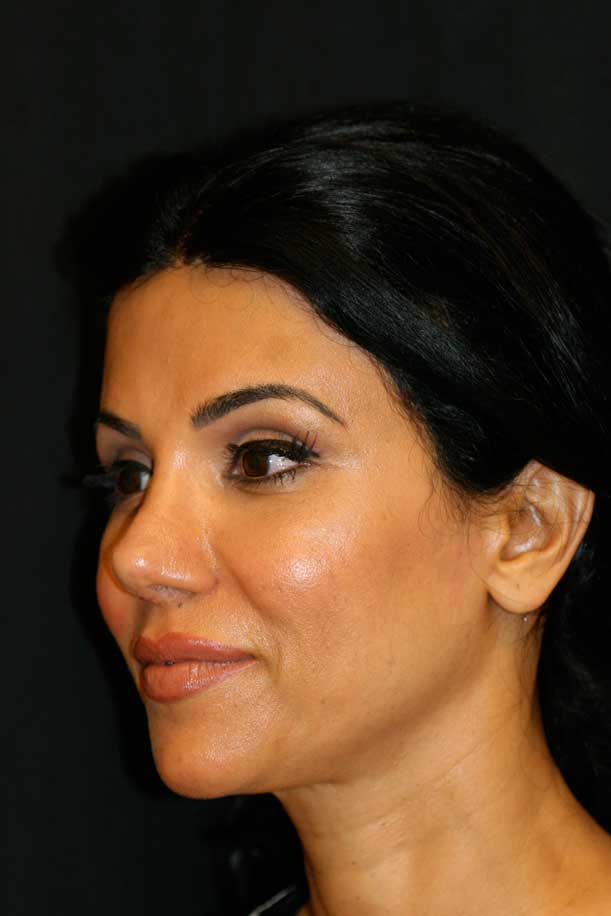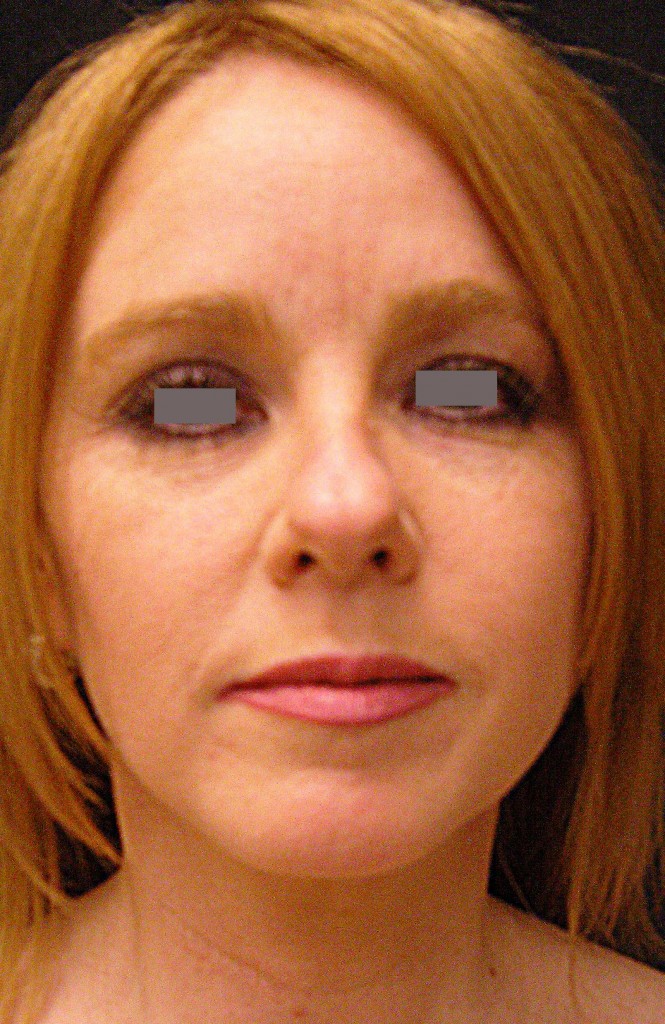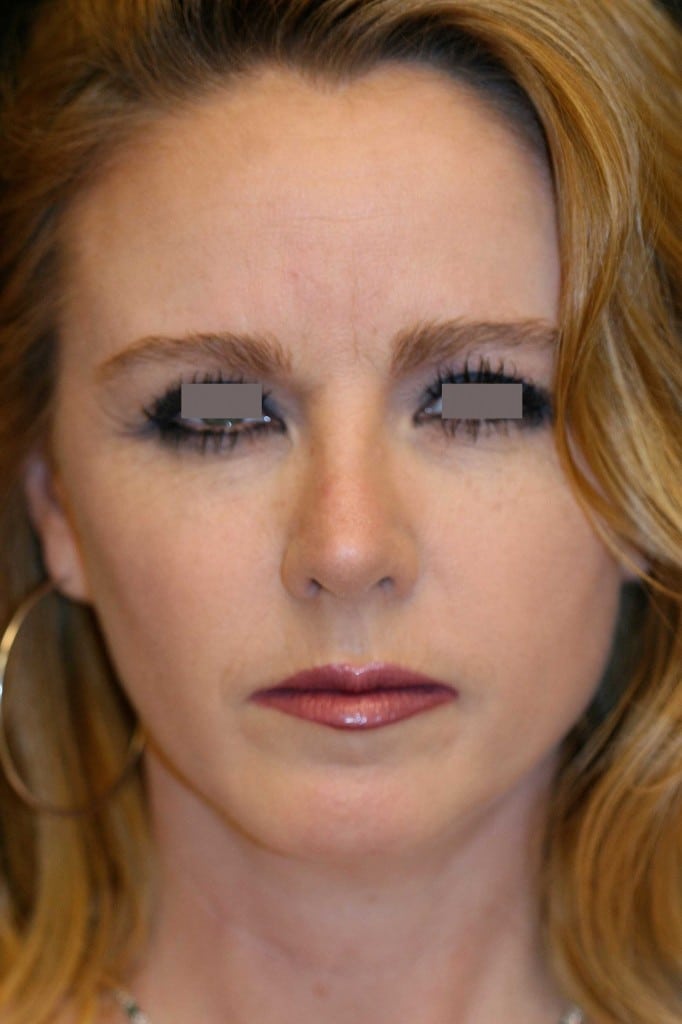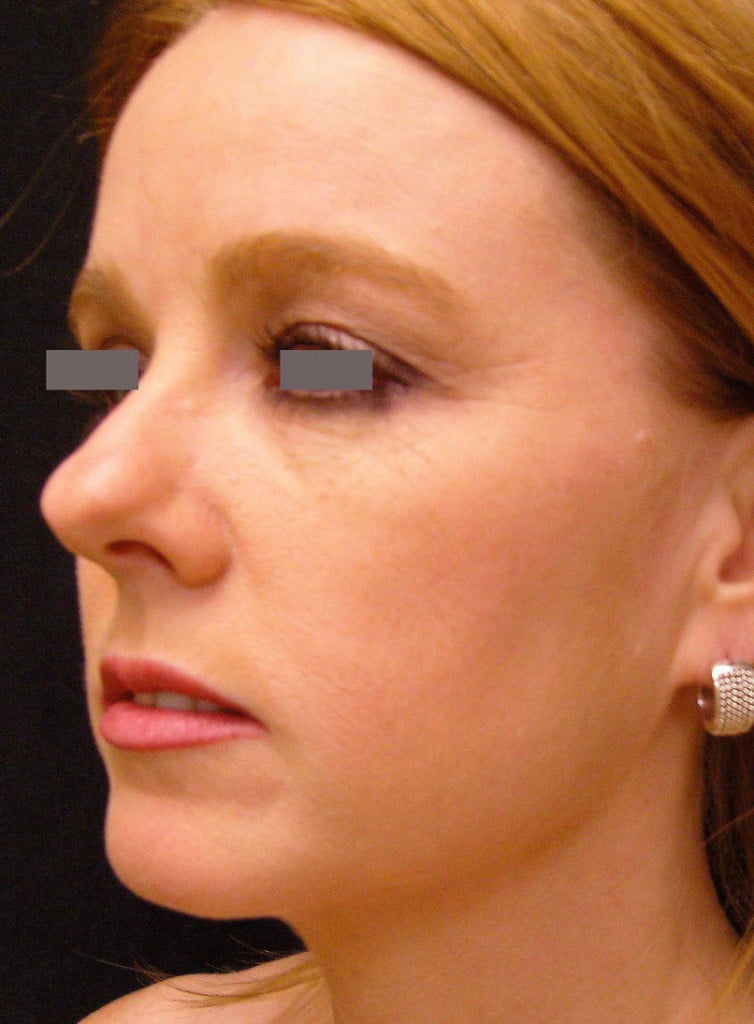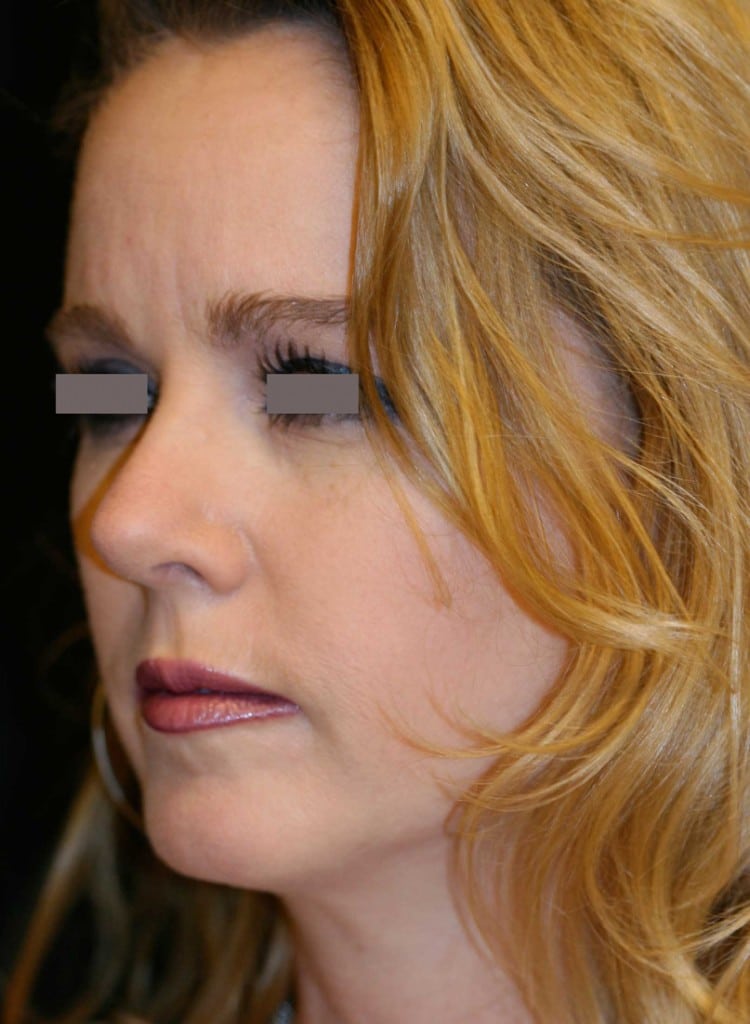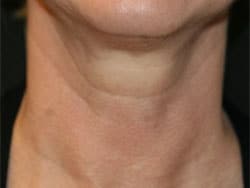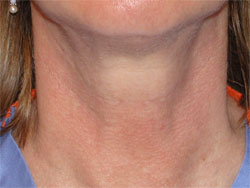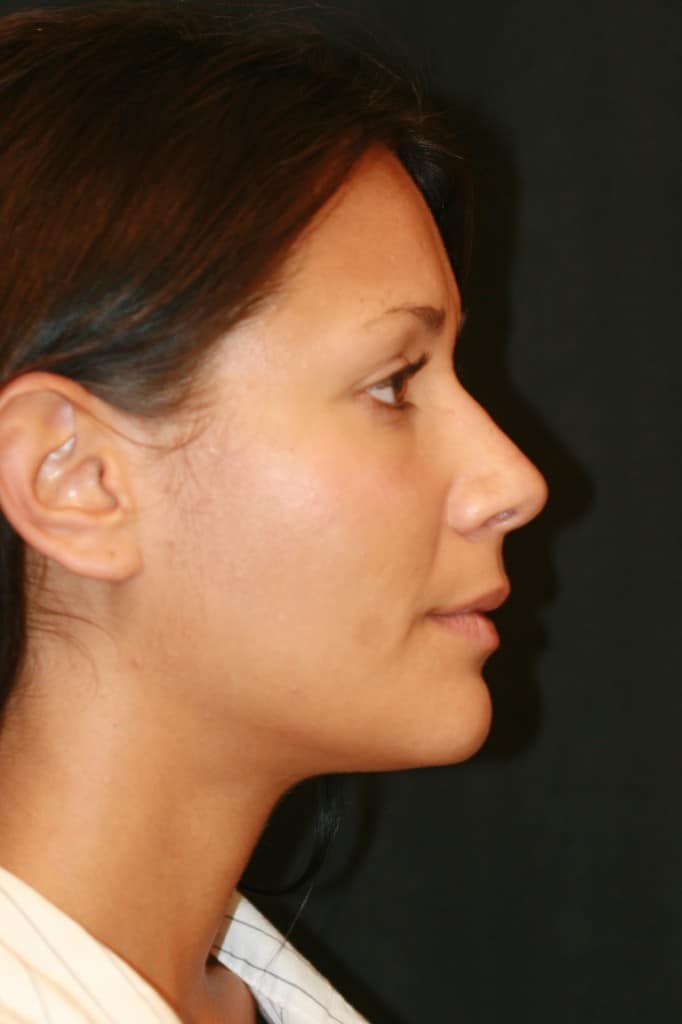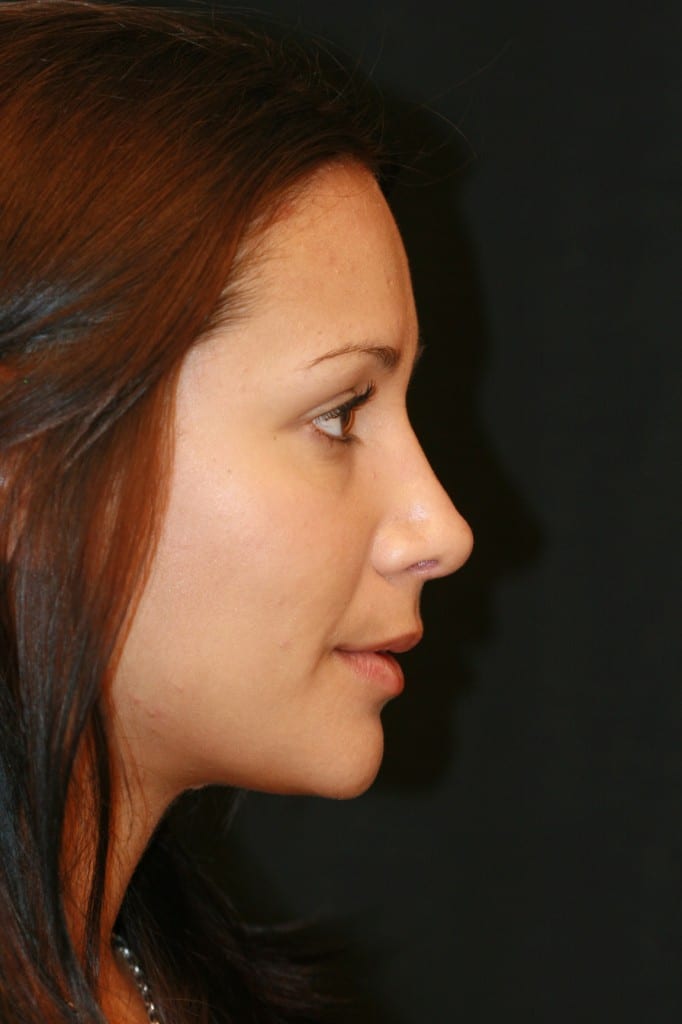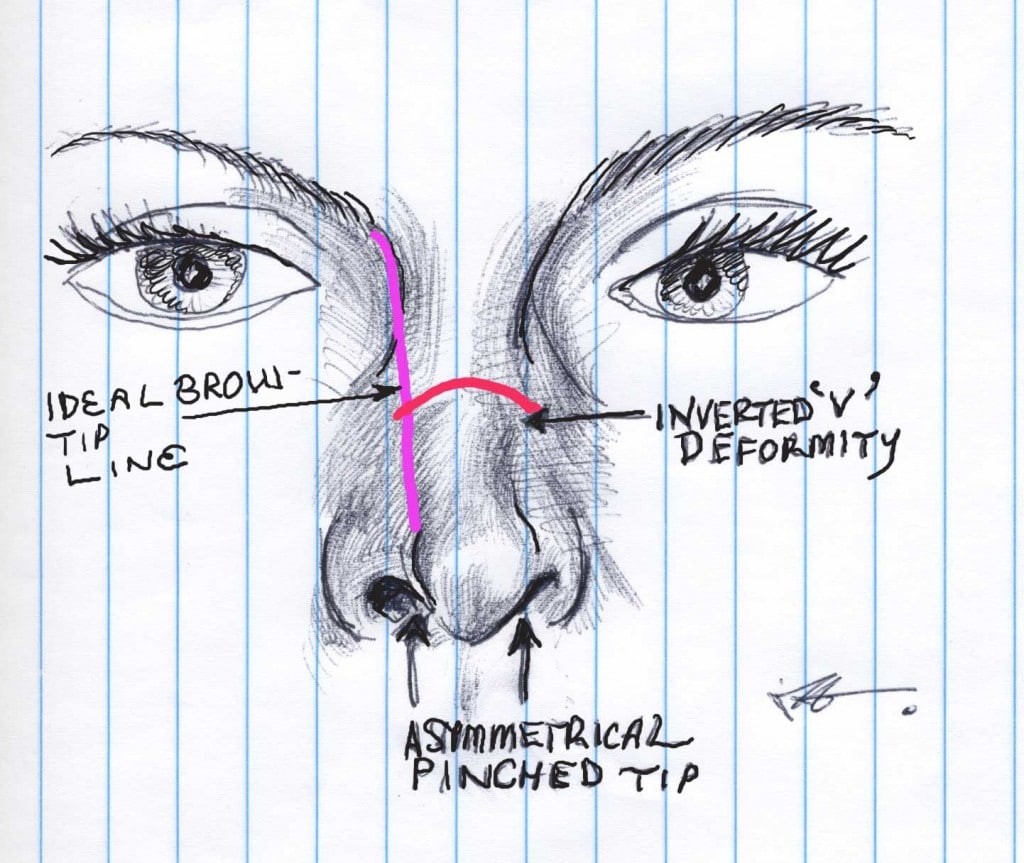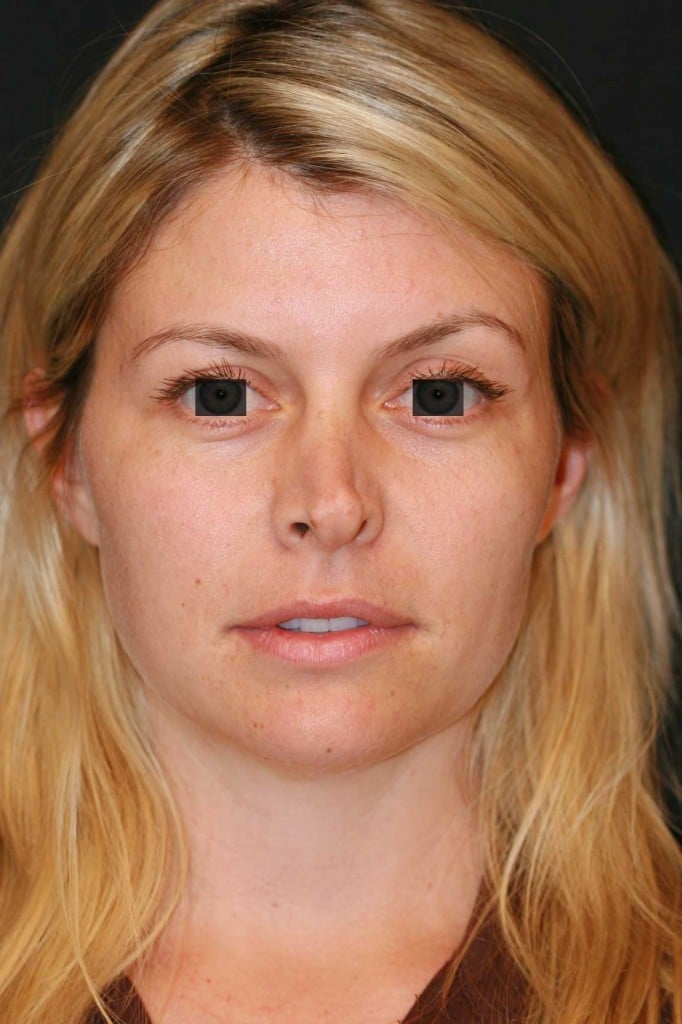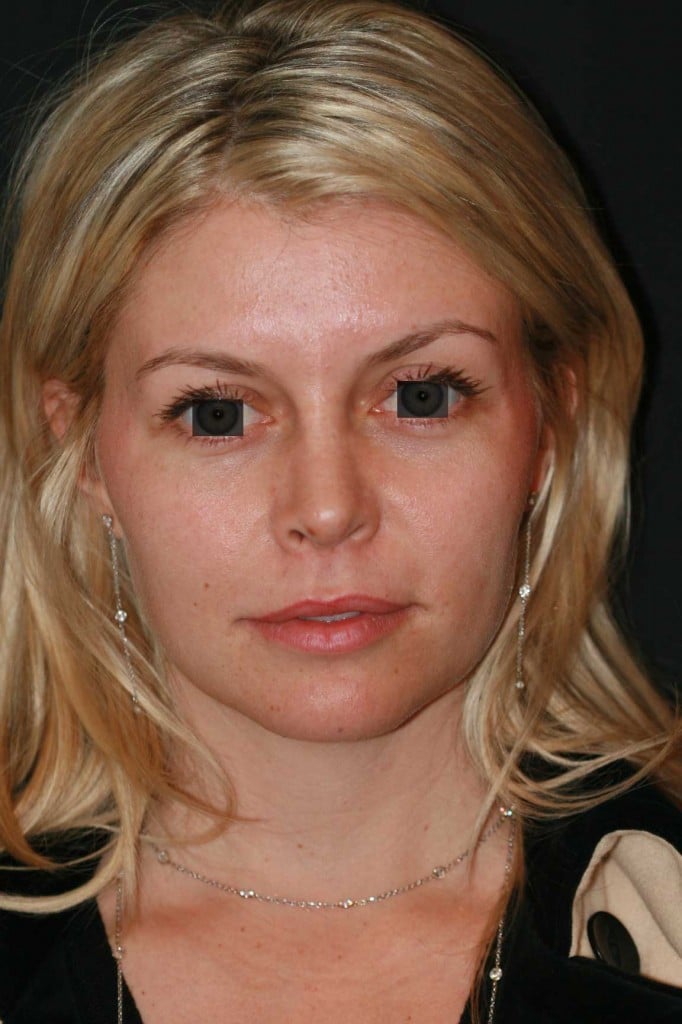We all want to have the eyelids when we were 20 with minimal-to-no wrinkles, no bags, no dark circles and a smooth transition from the lower eyelid into a nice full elevated cheekbone.
But life tends to throw us a curveball. As we get wiser, our wrinkles get proportionately deeper.
80% of this is hardwired into our genetics while 20% is in our hands. In other words, genetics is our gun and the environment is our trigger.
The best treatment is prevention by avoiding environmental toxins-tobacco smoke, harsh chemicals and sun exposure are the three main culprits that come to mind.
The second treatment is maintenance through the use of hygiene, moisturizers and strategic use of topical antioxidant therapy. Among the latter is a dizzying and bewildering array of botanicals, herbals, vitamins, roots, vegetables, nutritional supplements and berries! But the two most singularly effective treatments are the use of vitamin A (derivatives of retinol, Retin-A, etc.) and fat-soluble vitamin C. The early use of these substances goes a long way in helping to prevent and diminish the wrinkles in the first place. I know many 60+ year old patients who have virtually no crows feet (without the use of Botox™) because they have been using a derivative of Retin-A for close to 20 years.
The third and final treatment is direct physical intervention through the use of either lasers, Botox™/Xeomen™, fillers (Restylane®, Juvederm®, etc) and/or plastic surgery. Plastic surgery on the lower eyelid is called blepharoplasty and can consist of any combination of skin removal, fat bag reduction and eradicating the dark circles/hollows that frame the lower eyelid from the cheek.
As a Beverly Hills plastic surgeon dealing with the most discerning of patients, I perform lower eyelid rejuvenation every day in my practice. Any blepharoplasty specialist is well aware of the potential pitfalls of performing surgery on the lower eyelid. The most dreaded complication that patients are fearful of is a changed lower eyelid shape (that “pulled down” look that was so frequent in surgery before the 1990s).
In the vast majority of cases I do remove skin through what I call a lower lid pinch technique utilizing one single stitch. This minimizes any chance of lower eyelid retraction. This scar basically heals as an invisible one, one which needs a magnifying glass to visualize. Though I still reduce protruding fat bags on occasion, the frequency with which I do perform this has dropped precipitously in the last 10 years. In the majority of cases, transferring fat with extreme sensitivity and appreciation of the delicate eyelid anatomy, will not only significantly diminish the dark circles but also hide any protruding fat pockets around the lower eyelid.
Fat transfer, if properly performed, is by-and-large permanent around the lower eyelid and should be performed by extremely experienced plastic surgeons. While adhering to this principle, the incidence of lower eyelid irregularity and small bumps can be vastly diminished.
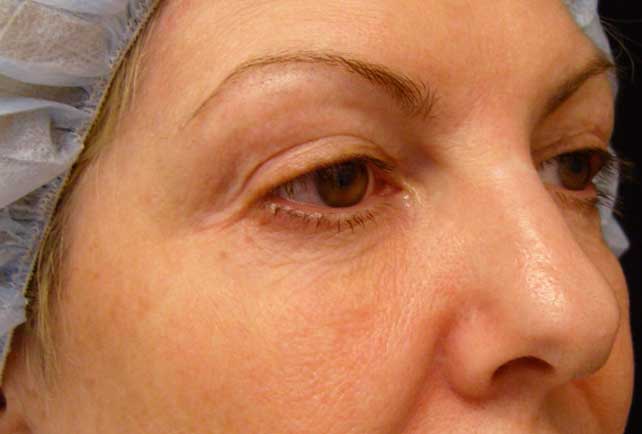 |
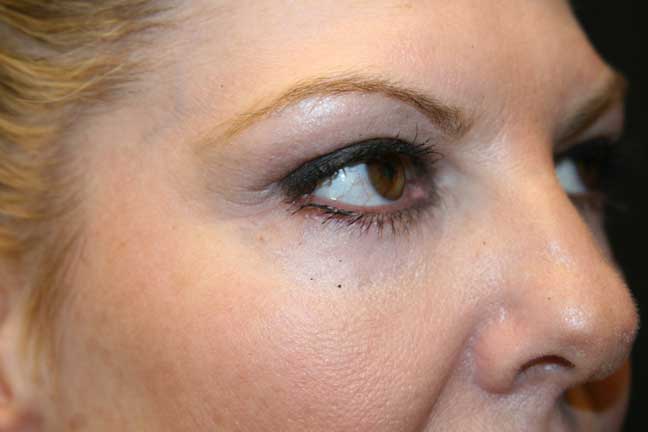 |
|
| Wall, aging lower eyelid showing crepey lower eyelid skin, bags and mild hollowing | After a lower blepharoplasty (eyelid tuck) removing excess skin, excess protruding fat bags and performing strategic fat transfer into the lower eyelid circles (hollows) | |
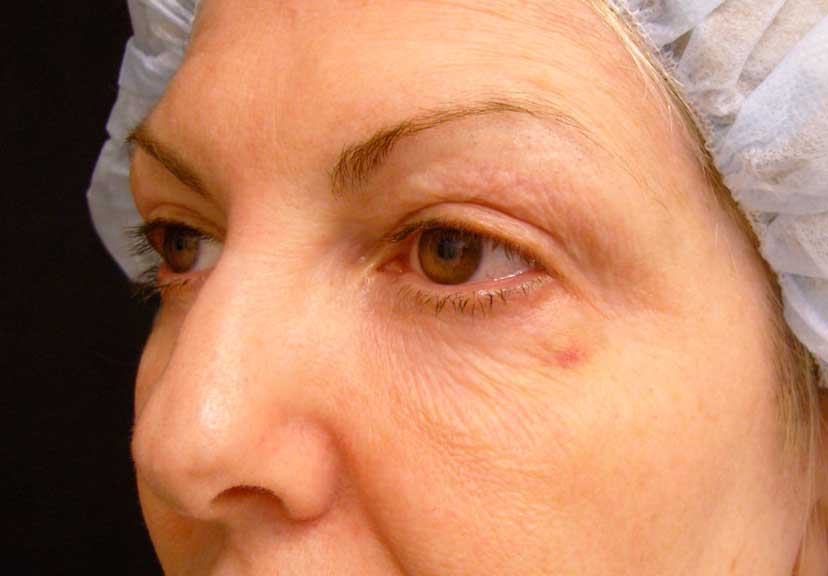 |
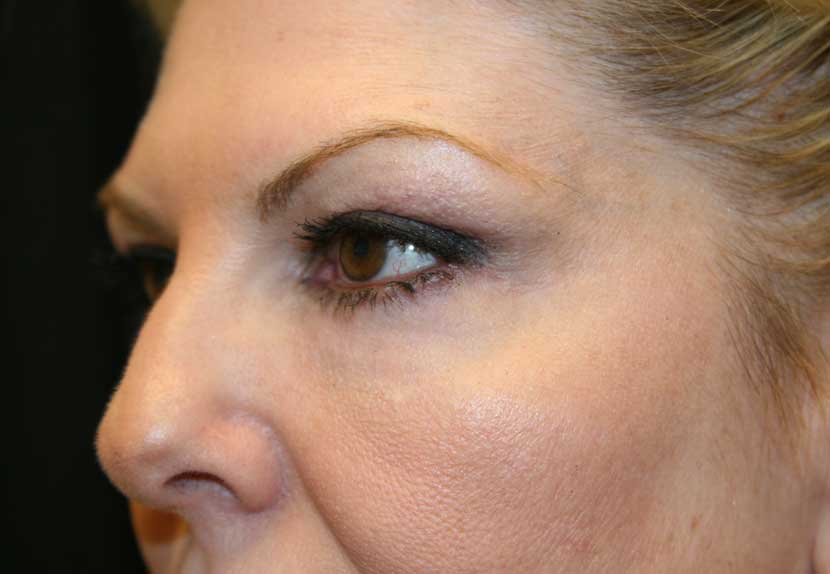 |
|
| This patient has the classic signs of lower eyelid aging including excess eyelid skin with wrinkles, protruding fat bag and mild hollowing (dark circles) | After lower blepharoplasty (eyelid tuck) performed by Dr. Randal Haworth of Beverly Hills. In the surgery, he removed excess eyelid skin, reduce the excess bags of fat and performed judicious fat transfer in the dark circles |
Contact The Haworth Institute for further information.

